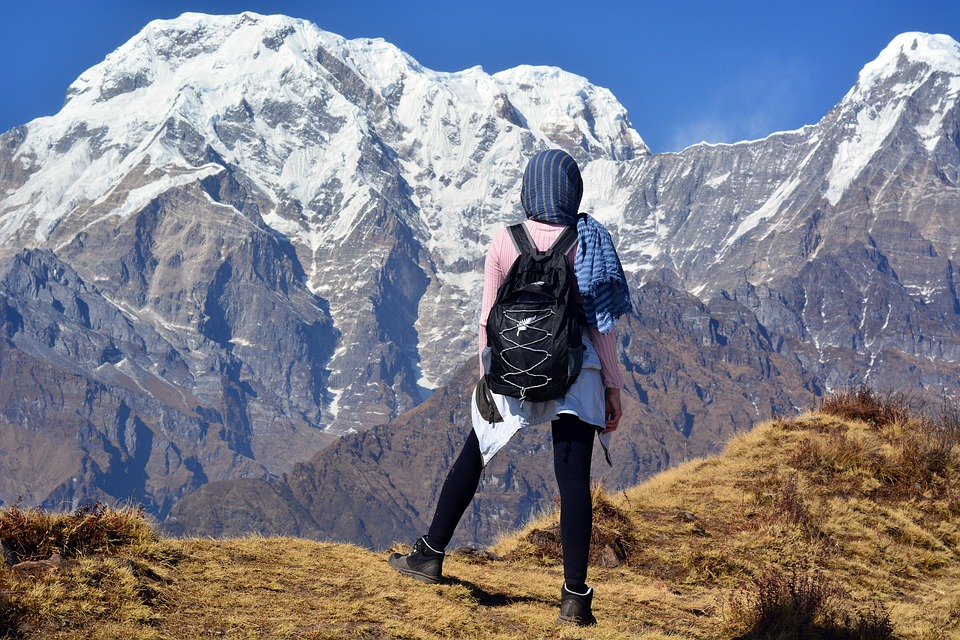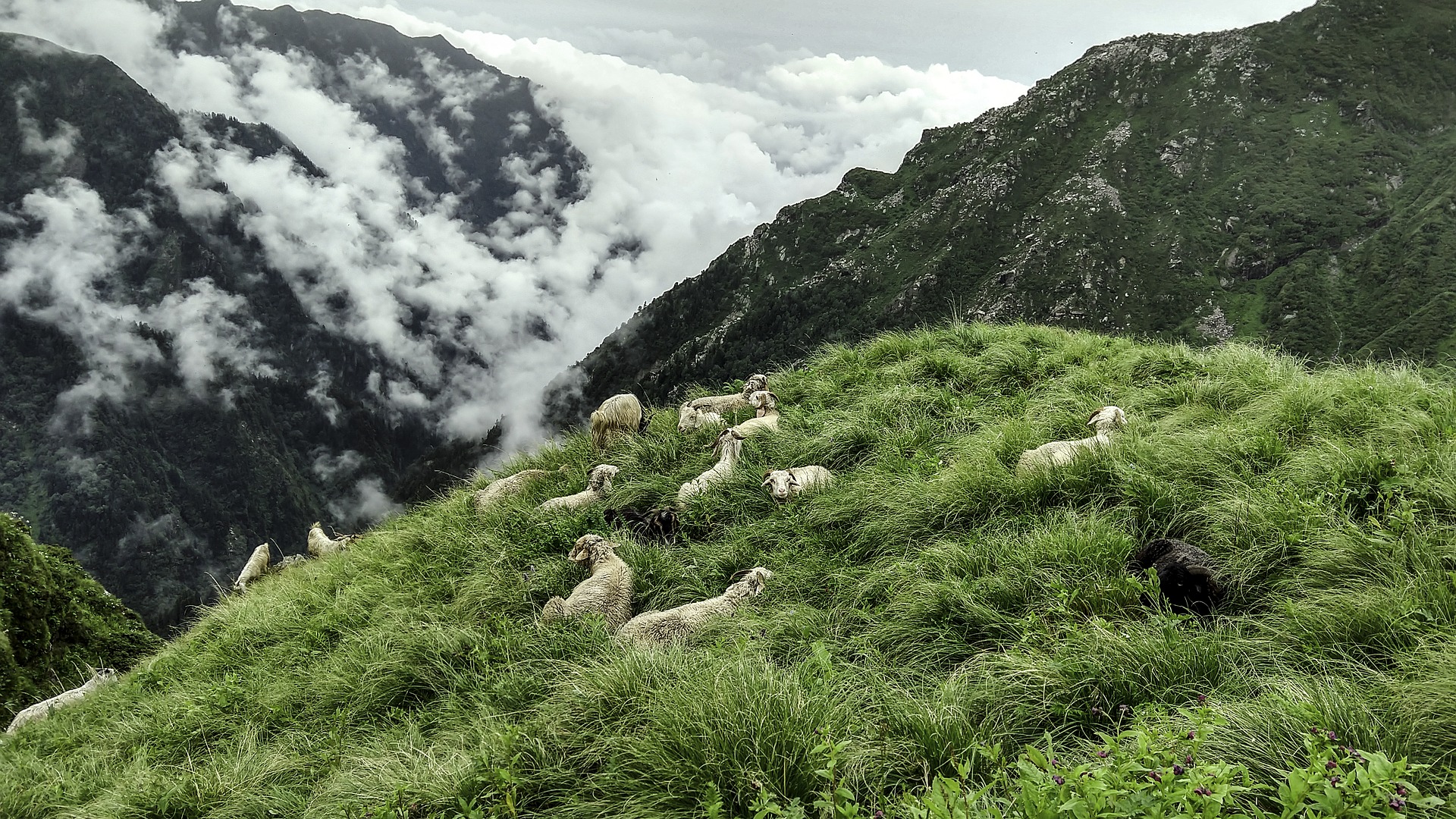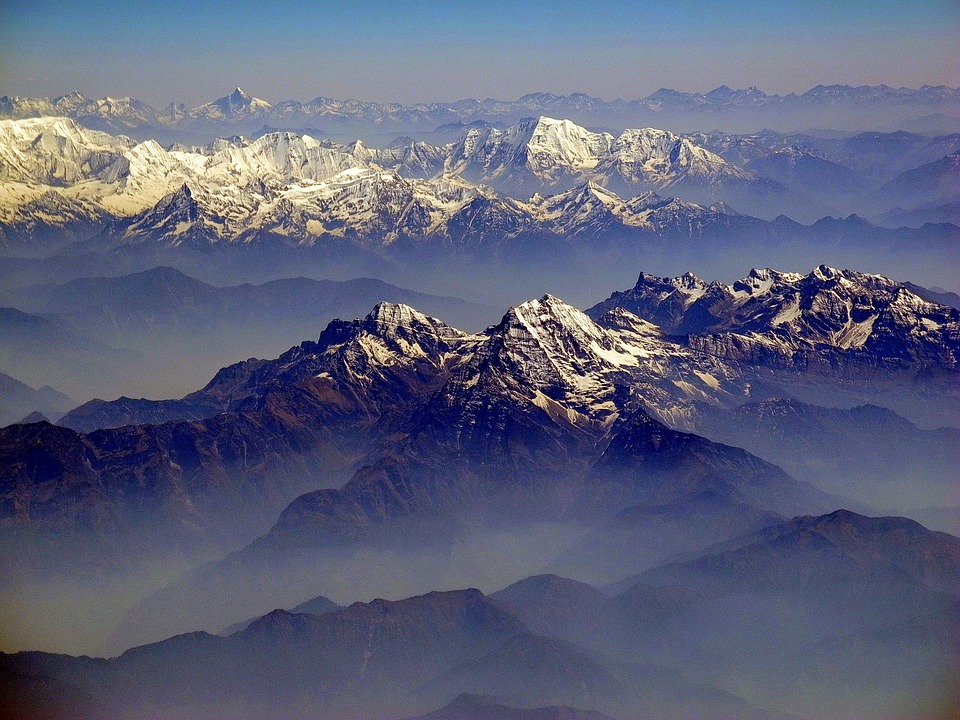Invoking the Himalayas God’s Bounty, Nature’s Blessing and a Planetary Asset
As we look at the Himalaya from such distance that we can see things whole and in their just proportion, the pain and disorder, squalor and strife, vanish into insignificance. We know that they are there, and we know that they are real. But we know also that more important, and just as real, is the Power which out of evil is ever making good to come…. This is the true secret of the Himalaya.
-Francis Younghusband
The pronunciation and spelling of the word Himalayas has been a matter of dispute from the time it was first translated into English.
In Sanskrit Hem or Him means “snow” and alaya denotes the “place of.”
A lot of young kids in India, are taught to stress the second syllable (Himaalaya), rather than swallowing the vowel (Him’laya) as many people do.
We believe this was the correct pronunciation, though it differs from the original Sanskrit.
As for spelling, many purists assert that Himalaya, without the s, is more accurate and gives the mountains a certain grandeur.
The Himalayas are not just another mountainous lands. These are quite perhaps the largest ecosystem of Planet Earth.

These magical regions have been frequented by travelers, explorers, naturalists and pilgrims from time immemorial.
According to one assessment, the Himalayas impact the life of close to 3 billion people and at least 6 countries who share this region.
The region and its people face a range of old and new challenges, with climate change, globalization, human activity and environmental degradation.
In spite of its importance, relatively less is known about the various ecosystems of the Himalayas and its people, especially in the context of rapid change.
Over the last few decades, there has been more research on the region, but the knowledge gathered is often scattered, reaches a limited audience, is sectoral or based on single disciplines and, most importantly, does not reach decision-makers, whether they be in government, in local communities, or in the private sector.
This year, CMS VATAVARAN is focusing on the Himalayas. And we view as an important milestone in a larger process that aims to bring together researchers, policy makers and the public to better appreciate and manage the incredible mountain environment- of not just the Himalayas but other mountain ranges as well.
What do Himalayas represent for Man? Why defining a Global Mountain Perspective is important for anyone interested in sustainable living and environment care?
Mountains occupy 22% of the world’s land surface area and are home to about 13% of the world’s population.
While about 915 million people live in mountainous region, less than 150 million people live above 2,500 m above sea level, and only 20–30 million people live above 3,000
About half of all humankind directly depends on mountain resources, primarily water.
Mountains support 25% of world’s terrestrial biodiversity and include nearly half of the world’s biodiversity ‘hotspots’.

Of the 20 plant species that supply 80% of the world’s food, six of those (apples, barley, maize, potatoes, sorghum and tomatoes) originated in mountains.
In humid parts of the world, mountains provide 30–60% of the fresh water downstream; and in semi-arid and arid environments, they provide 70–95%.
Mountains provide goods and services of global significance in the form of water, hydroelectricity, timber, biodiversity and niche products, mineral resources, recreation, and flood management.
Himalayas – A Global Asset
A critically important geo-ecological asset, the Himalayas give rise to at least 10 major river basins.
It is home to at least half a dozen global biodiversity hotspots, 330 important bird areas and hundreds of mountain peaks over 6,000 m. The region provides ecosystem services (e.g., water, food, energy) that directly sustain the livelihoods of close to 500 million people.
While more than 3 billion people enjoy the food produced in its river basins. The region is also home to some of the most diverse cultures, languages, religions, and traditional knowledge systems in the world.
The ethnic diversity and cultural wealth of the Himalayan region extends from the Hindu Kush valleys in Afghanistan to the diverse hill and mountain systems of Myanmar. Between these areas, we find the arid and semi-arid regions of the Pamir and Karakoram mountains; the high Himalaya of India, Nepal, and Pakistan; the unspoilt beauty of Bhutan; the Tibetan Plateau of China; and the three parallel rivers of the Salween, Mekong and Yangtze in the far eastern region located in Yunnan Province of China.
The region features great heterogeneity from north to south and east to west in relation to precipitation, vegetation, and human livelihoods. This variability defies making easy generalizations about the region.
---
Sources –
https://www.pbs.org/wnet/nature/the-himalayas-himalayas-facts/6341/
https://www.geolsoc.org.uk/Plate-Tectonics
E d u G r e e n - edugreen.teriin.org
Photograph Courtesy-


